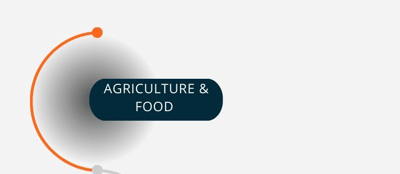Executive Summary: eJet
With policy support and expected innovation, eJet will supply half the world’s jet fuel demands by 2050
- Rising social concern over carbon emissions and policy intervention have spurred the growth of sustainable aviation fuels (SAF) and electrojet (eJet), a type of SAF which has a near neutral carbon footprint
- Within the eJet category there are several production pathways with Alcohol-to-Jet and Power-to-Liquids providing the most sustainable and commercially viable opportunities in the sector
- Alcohol-to-Jet is commercially viable now, and Power-to-Liquids are just rolling out pilot plants
- Power-to-Liquids avoids long-term feedstock issues that will prevent Alcohol-to-Jet from reaching market dominance
- To reach commercial viability, Power-to-Liquids producers should experiment with catalyst choice and plant size to reduce energy requirements while renewable energy production scales - Key production innovations will focus on catalysts, electrolysis, and Direct Air Capture (DAC) technology while balancing access to renewable electricity, airports, and favorable policy incentives
- Nearly all demand for SAF is generated from government incentives and blending mandates to make the fuels cost competitive but more support is needed to advance renewable energy infrastructure (the main expenditure on eJet production) while producers continue optimizing this maturing technology through experimentation
- With continued policy support, expanded production of electrolyzers and reactors, and steady demand for aviation fuel, SAF will provide 88% of all jet fuel in 2050 while eJet alone will provide 52% of all jet fuel
Venture investments in SAF pathways by year, 2021-2023









